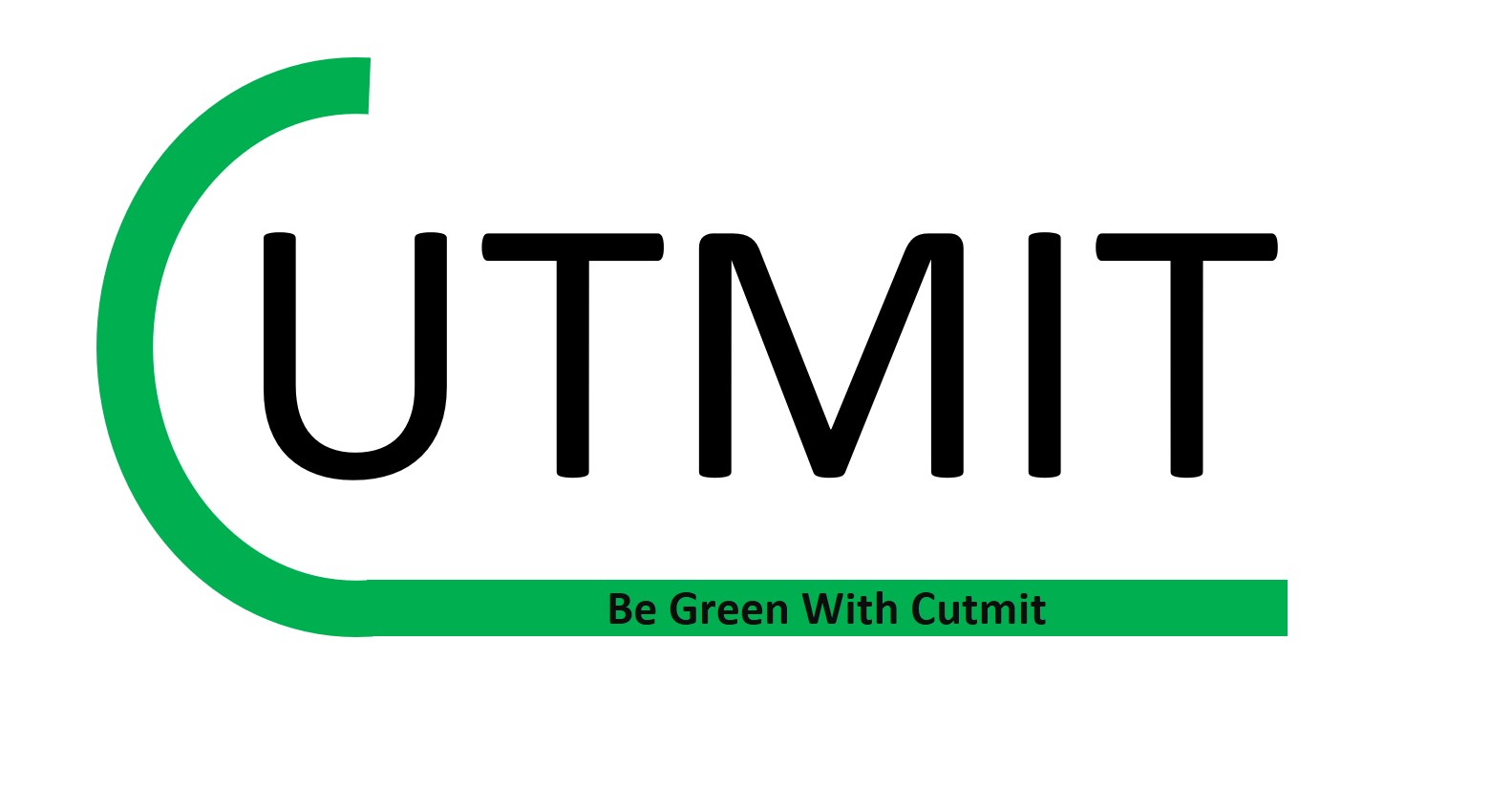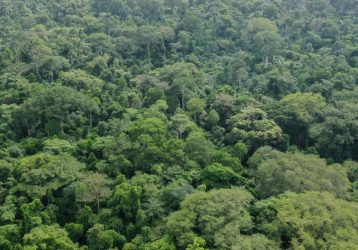Woodland carbon removal

The term "woodland" is frequently used interchangeably with "forest." However, geographers often use the phrase to indicate a forest with an open canopy. The canopy is the forest's uppermost layer of greenery. It is composed of the crowns or tops of trees.
Companies can compensate for their UK-based emissions using carbon units from Woodland Carbon Unit projects, but not for their emissions overseas or emissions from international aviation or shipping.
What woodland carbon removal?
The Woodland Carbon Code issues carbon units which represent measurable amounts of carbon dioxide removed from the atmosphere by trees as they grow – one unit is 1 tonne of carbon dioxide equivalent removed from the atmosphere. As trees take a while to grow and sequester carbon dioxide, there are two types of units available for purchase.
Woodland Carbon Unit
A Woodland Carbon Unit (WCU) is a tonne of CO2e which has been sequestered in a WCC-verified woodland. It has been independently verified, is guaranteed to be there, and can be used by companies to report against UK-based emissions or to use in claims of carbon neutrality or Net Zero emissions.
Pending Issuance Unit
A Pending Issuance Unit (PIU) is effectively a ‘promise to deliver’ a Woodland Carbon Unit in future, based on predicted sequestration. It is not ‘guaranteed’, and cannot be used to report against UK-based emissions until verified. However, it allows companies to plan to compensate for future UK-based emissions or make credible CSR statements in support of woodland creation.
The PIU will become WCU through a verification process.
Contact us at the Consulting WP office nearest to you or submit a business inquiry online.
Consulting theme is an invaluable partner. Our teams have collaborated to support the growing field of practitioners using collective impact.
Science of woodland carbon removal
- The carbon sequestration potential of Scottish native woodland
- Carbon sequestration and emission mitigation potential of afforestation and reforestation of unproductive territories
- Assessing Carbon Sequestration Rates from Conservation Management: Price and Potential for Multi-Habitat Nature-Based Carbon Sequestration in Dorset, UK
- Planting hedgerows: Biomass carbon sequestration and contribution towards net-zero targets
- Woodland restoration on agricultural land: long-term impacts on soil quality



